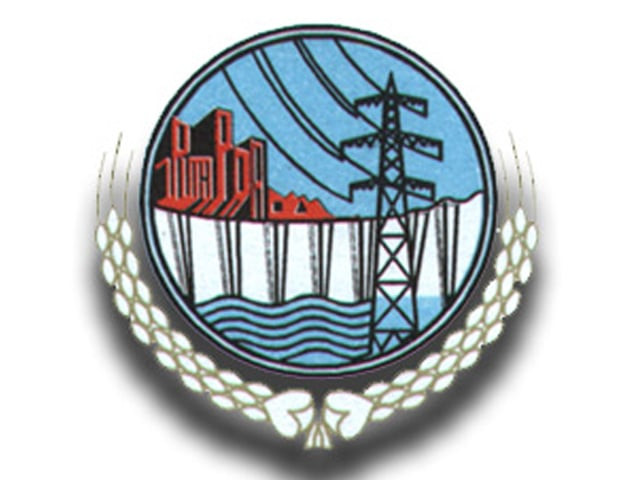Financial globalisation and WAPDA
Further reforms must be pushed on hopes power system will become efficient

Before financial globalisation, electricity generation, transmission, distribution and retail supply functions were performed by the Water and Power Development Authority (Wapda) till the early 1990s.
Wapda was a compact monopoly and performing all these functions in a reasonable manner. Like other developing economies, Pakistan was facing loadshedding in the peak season, which was quite normal.
The World Bank proposed to the policymakers in Islamabad to follow the international trend of privatisation and deregulation in the power sector. This proposal was even supported by the International Monetary Fund (IMF) at that time.
The policymakers followed their advice and framed the Power Policy of 1994. They allowed independent power plants (IPPs) and the first IPP came into operation in 1997. This was the first foreign direct investment (FDI) in the power sector.
Most of the commentators, analysts and economists welcomed power production in the private sector on grounds that it will bring efficiency and address the problem of loadshedding in a short span of time and attract further FDI into the country.
The power policy wooed foreign investors and offered guaranteed returns to them on their capital investment. Their investment was also protected against devaluation of the rupee.
Returns on these investments were guaranteed by the associated agencies of the World Bank such as the Multilateral Investment Guarantee Agency (MIGA) and the International Bank for Reconstruction and Development (IBRD).
Another arm agency – the International Finance Corporation (IFC) – offered loans to foreign investors. Hence, foreigners invested in the risk-free power sector of Pakistan.
The Power Policy of 1994 was criticised by a few commentators and analysts on grounds that it provided guaranteed dollar returns to the investors and increased the dependence of Pakistan on imported furnace oil.
The so-called Power Policy of 2002 was framed in light of that criticism and implemented. The new policy maintained main features of the previous one.
However, this policy provided a level playing field to domestic investors and facilitated the use of indigenous resources and hydel power.
Domestic investors found the features of capacity payment and protection against devaluation of the rupee quite attractive and pounced on this lucrative opportunity and kept on installing their plants, which resulted in surplus power production in 2004-05.
In the meantime, the government did set up institutions to implement a new agenda.
Private Power and Infrastructure Board (PPIB) was set up in 1994 to facilitate and protect investments. National Electric Power Regulatory Authority (Nepra) was set up in 1997 to regulate electric power services in Pakistan.
Pakistan Electric Power Company was set up in 1998 to take away Gencos (generation companies), DISCOs (distribution companies) and transmission functions of Wapda.
As a consequence, the transmission functions of Wapda were handed over to National Transmission and Despatch Company (NTDC) in 1998 under the National Transmission Policy of 1995, while the distribution function was handed over to around eight DISCOs in the early 2000s and the remaining two DISCOs at the beginning of 2010s.
In order to undertake further reforms, the Central Power Purchasing Agency (CPPA) came out of NTDC in 2009 and acted as a representative of DISCOs to administer the billing and settlement of power purchase agreements.
Now, the Power Generation Policy 2015 and Transmission Line Policy 2015 are in effect.
In short, a compact monopoly Wapda is reduced to water reservoirs. It has been unbundled and its generation, transmission, distribution and retail supply functions have been handed over to a complex combination of companies and authorities.
These microeconomic reforms are driven by financial globalisation. The promise of microeconomic reforms is that it will bring efficiency.
Regardless of the consequences, we need to push for further reforms in the hope that the system will become efficient in the future. Is our power system efficient after 30 years of reforms? This is an important question to ponder over.
The writer has worked at SDSB, Lahore University of Management Sciences (LUMS)
Published in The Express Tribune, September 18th, 2023.
Like Business on Facebook, follow @TribuneBiz on Twitter to stay informed and join in the conversation.


















COMMENTS
Comments are moderated and generally will be posted if they are on-topic and not abusive.
For more information, please see our Comments FAQ